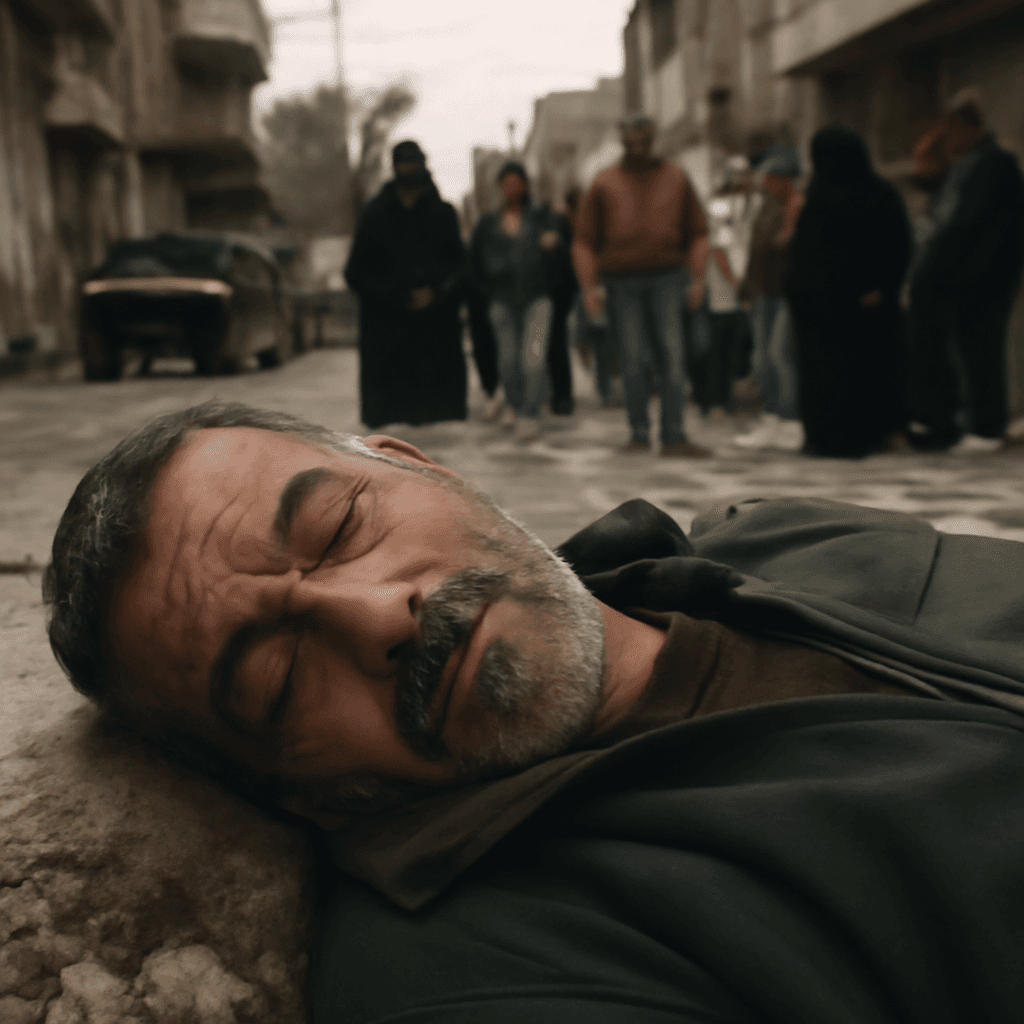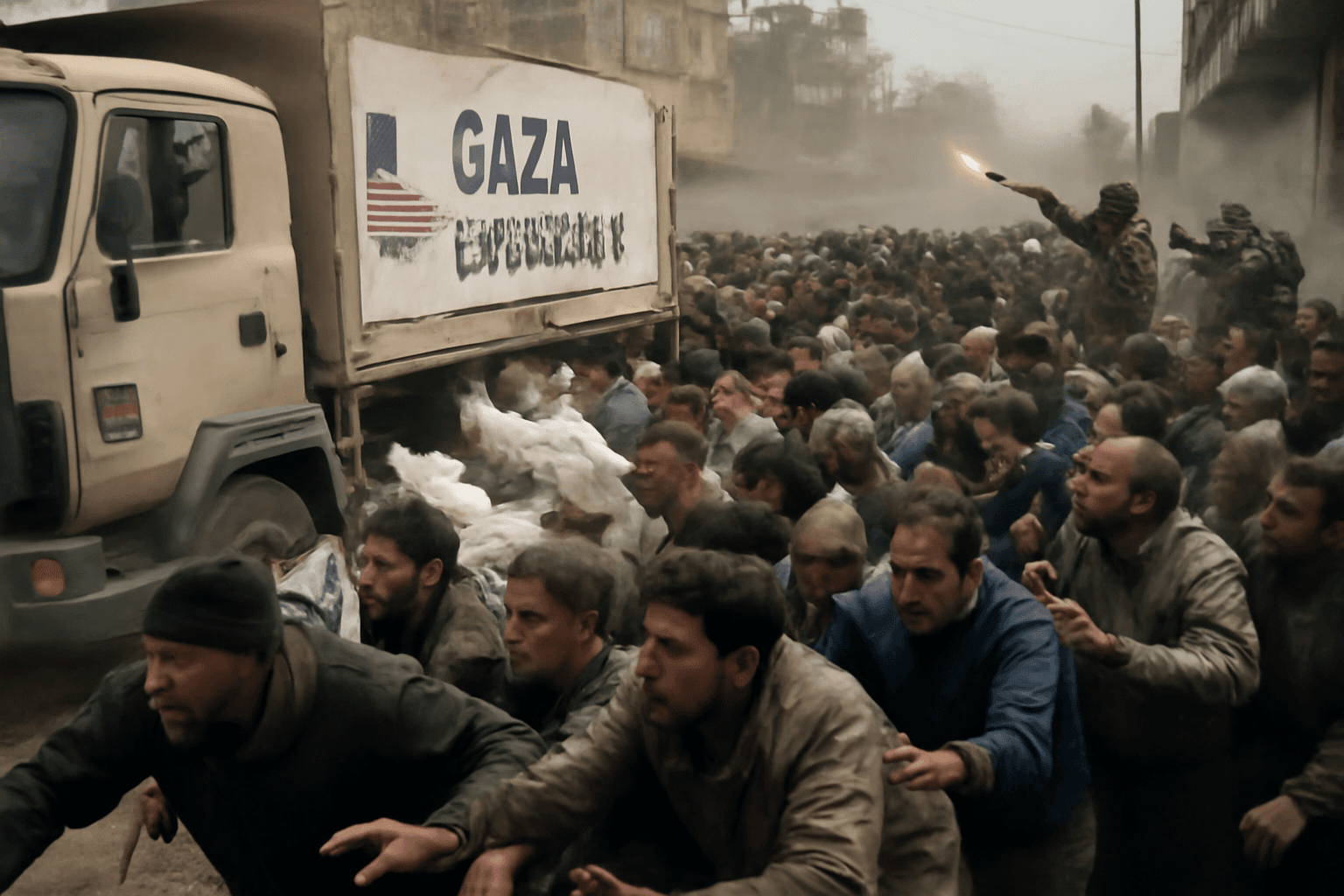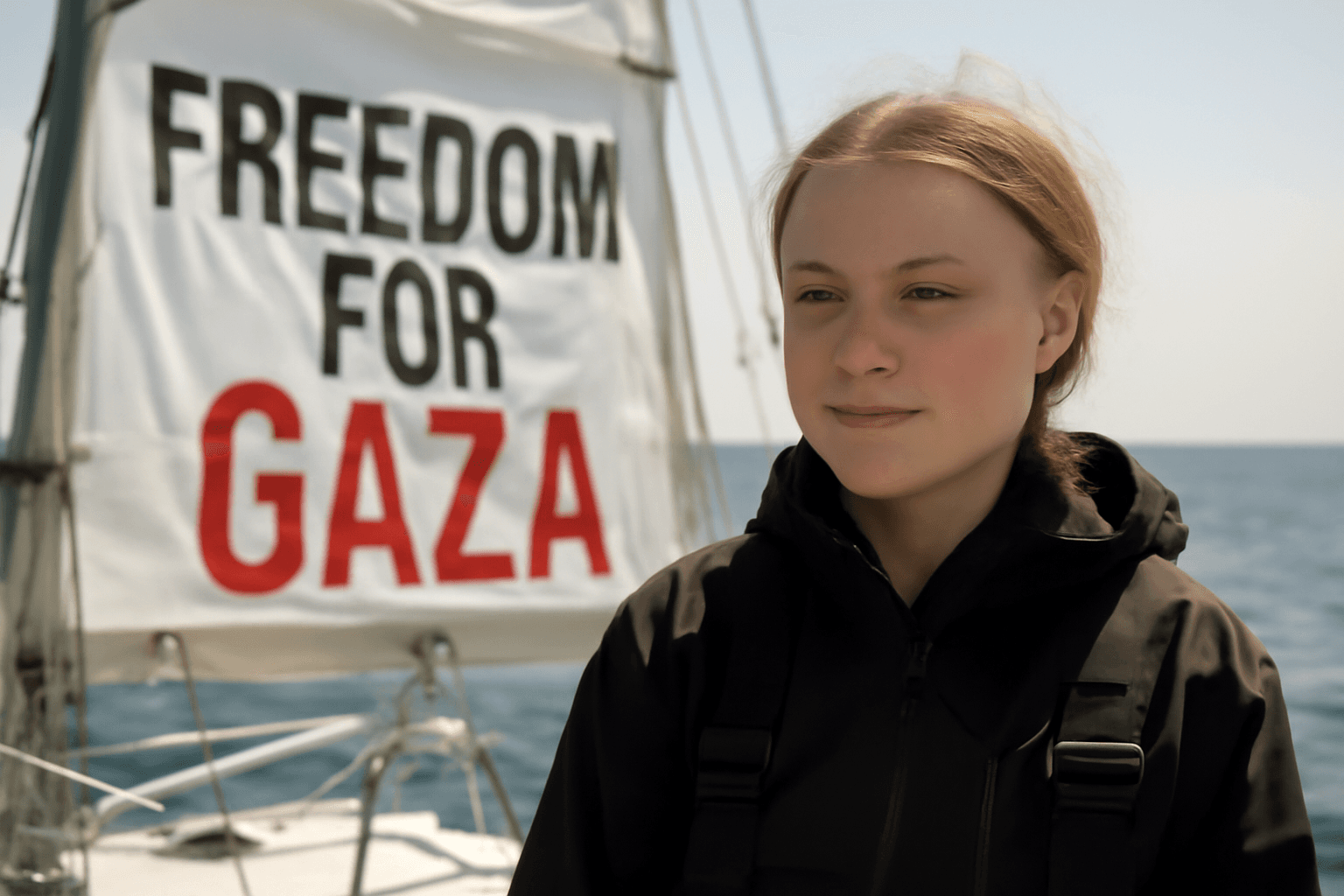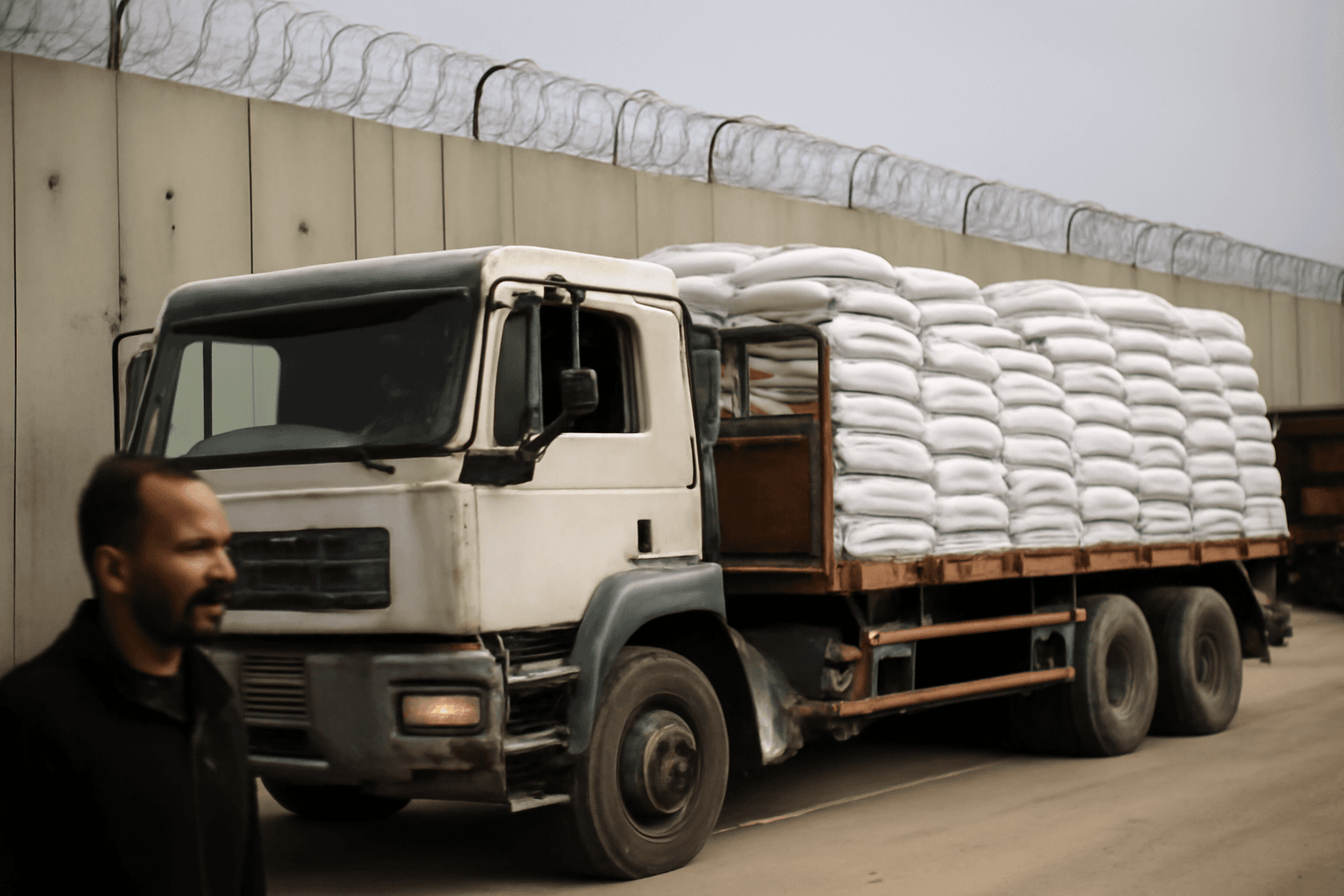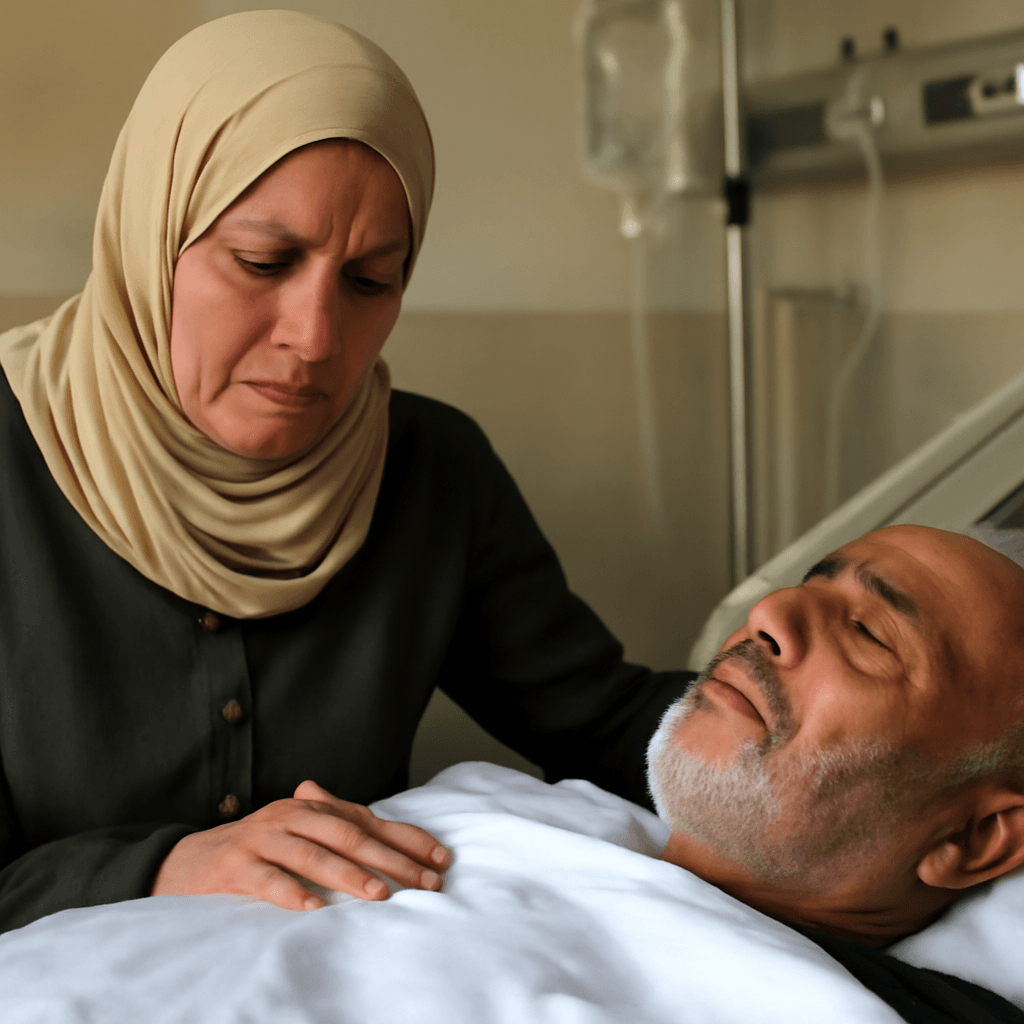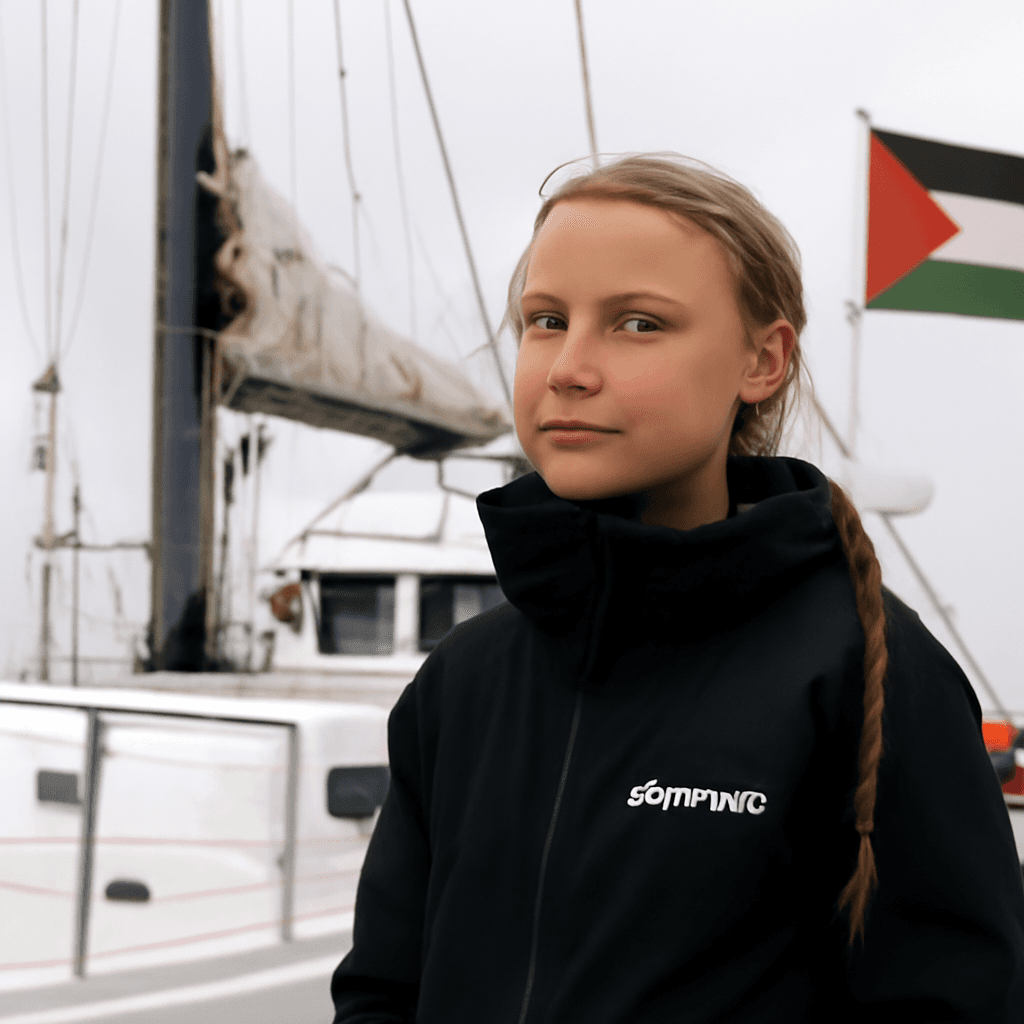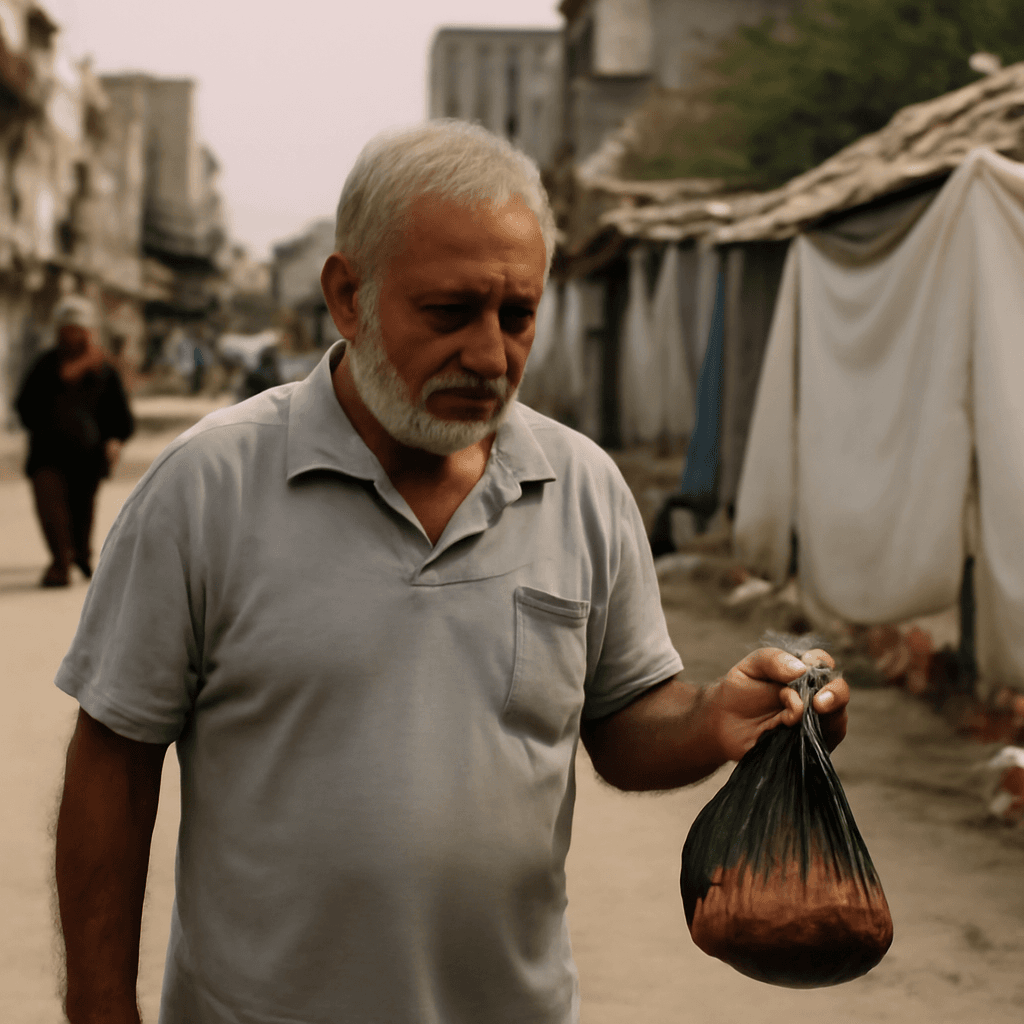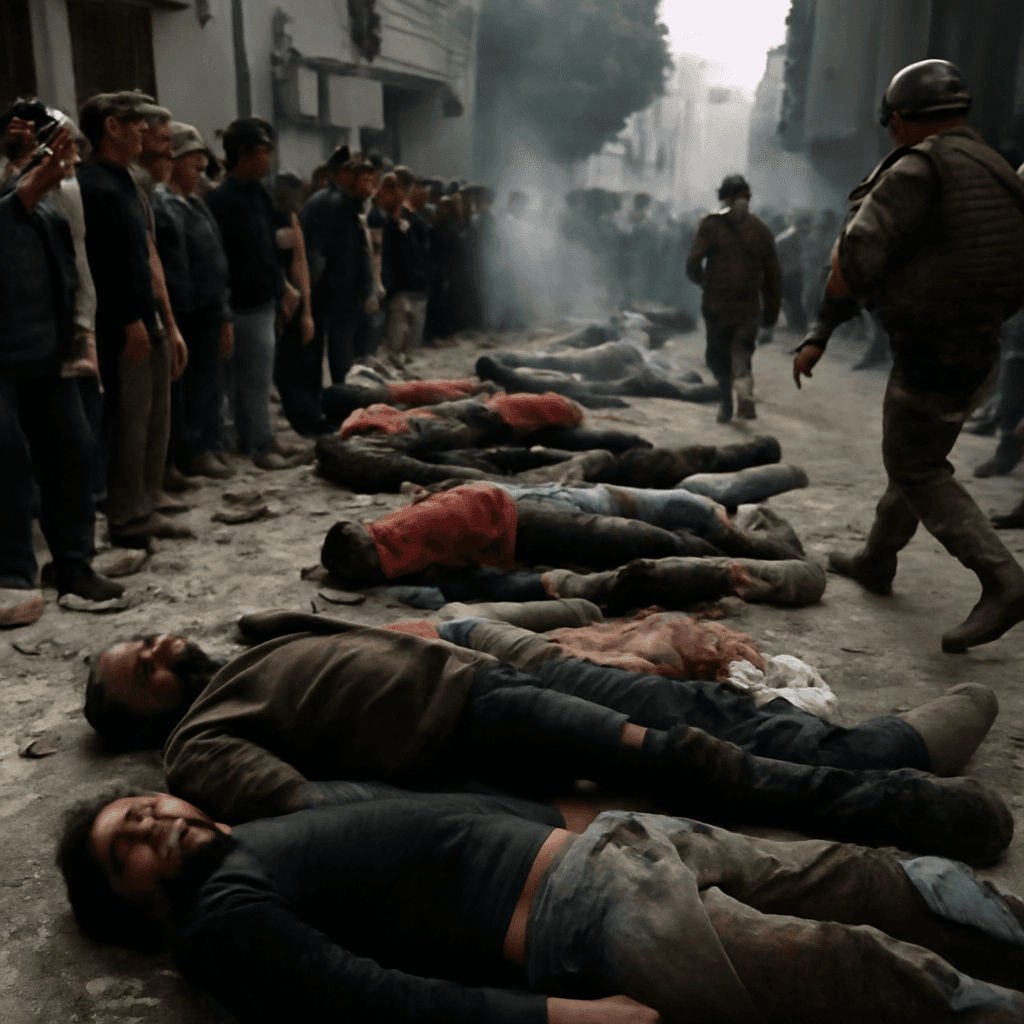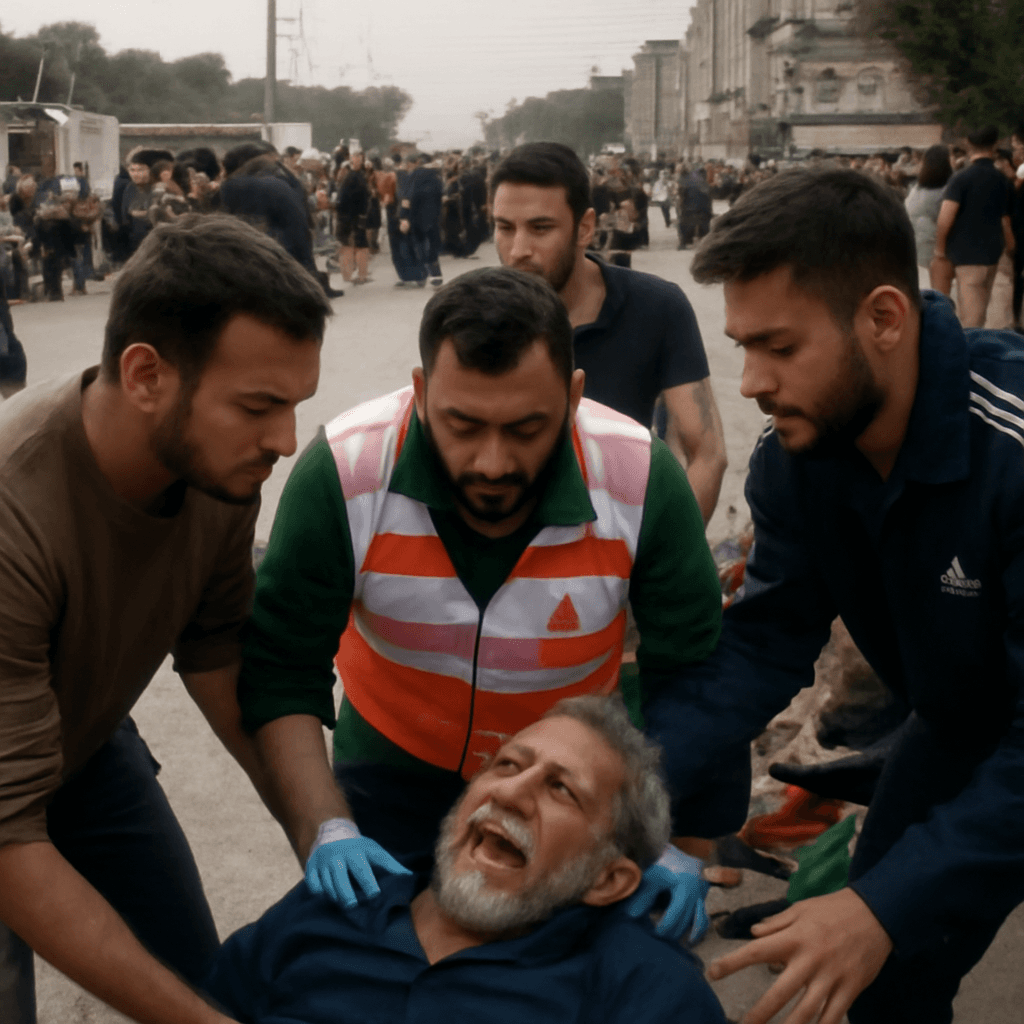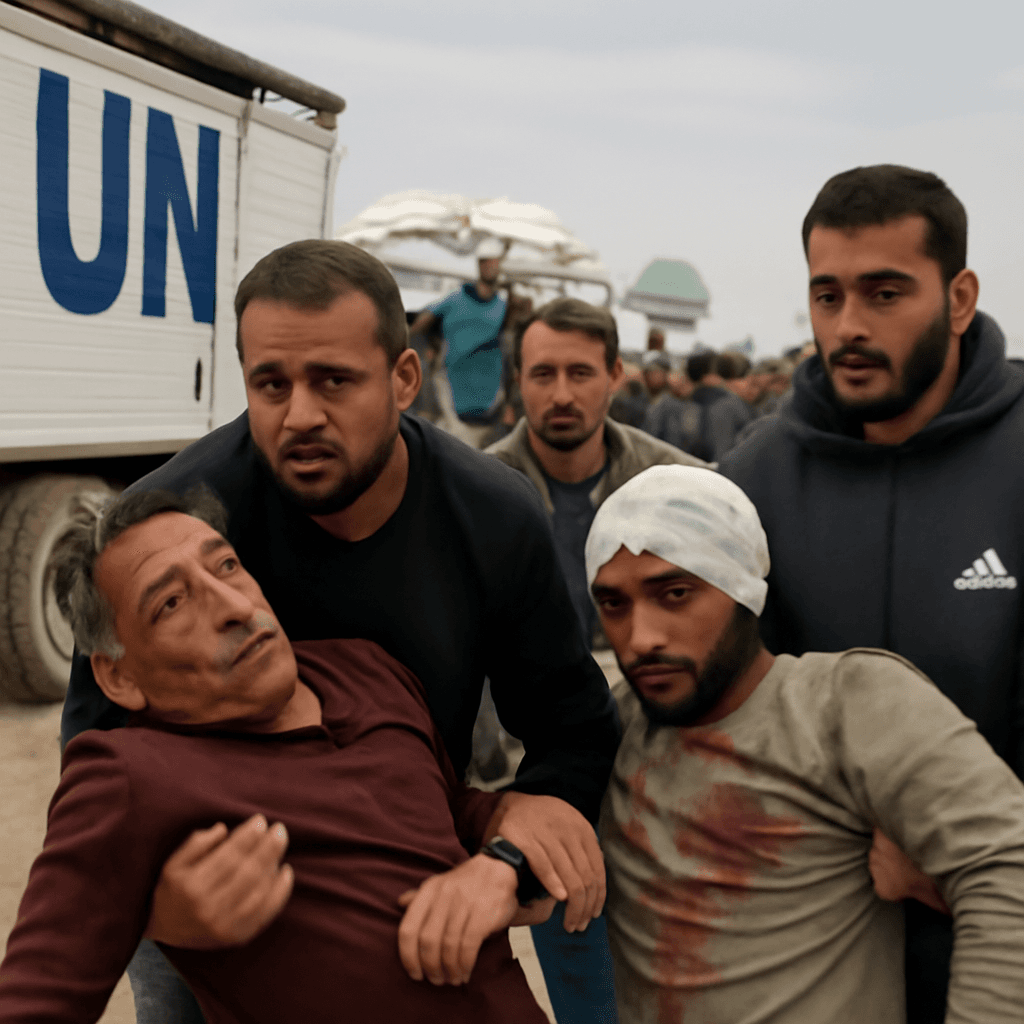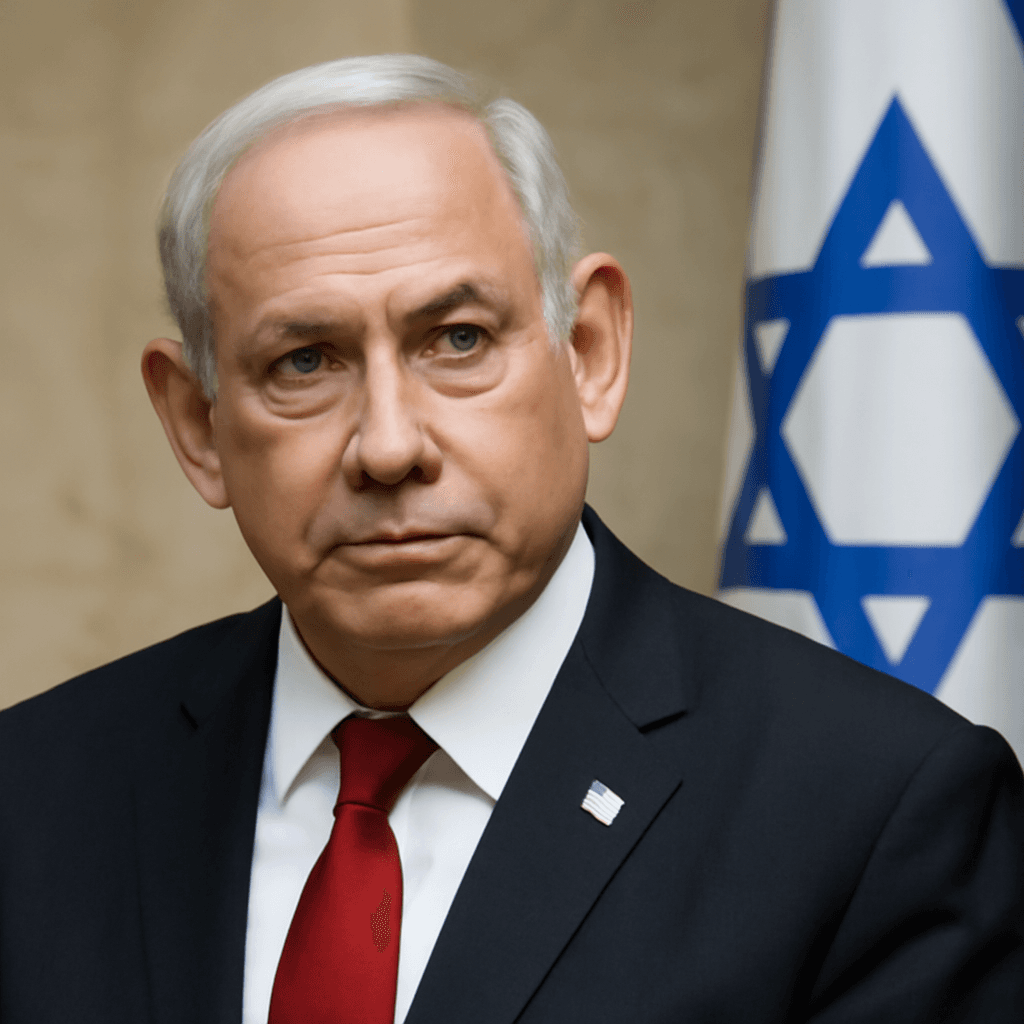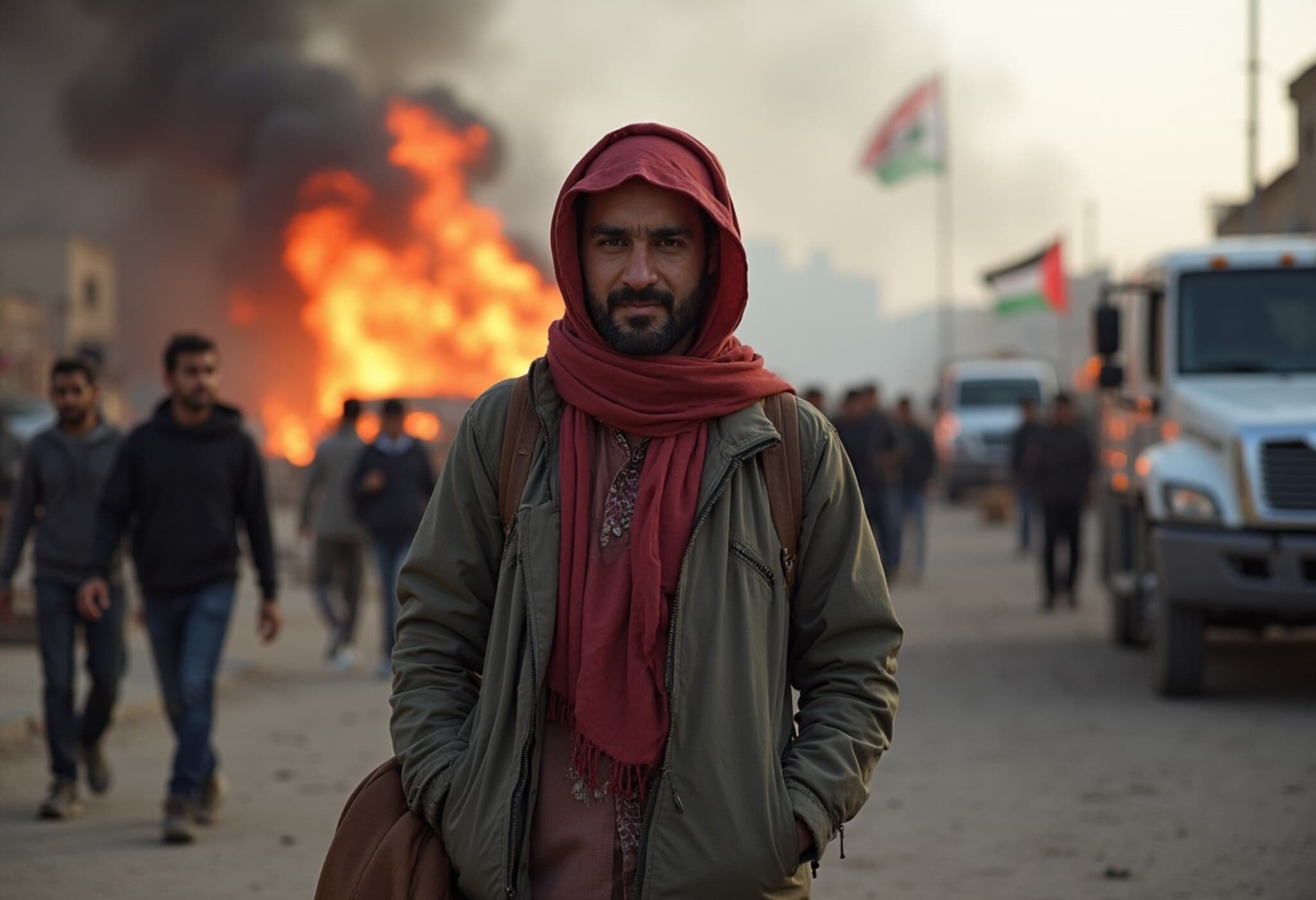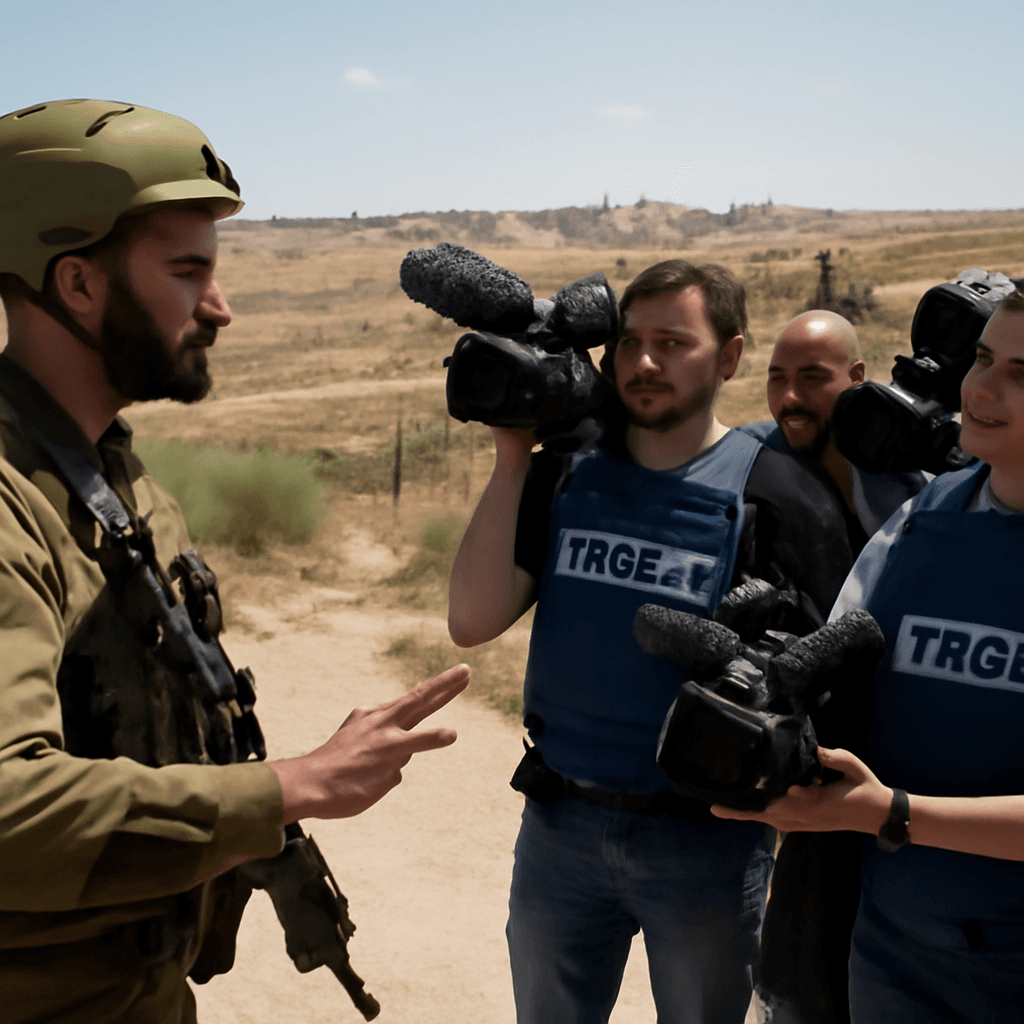Humanitarian Crisis in Gaza Intensifies Amid Deadly Aid Distribution
The Gaza Strip continues to face a severe humanitarian crisis, compounded by deadly incidents during aid distribution efforts. Among the victims is Hossam Wafi, a father of six, who was fatally shot while attempting to secure food supplies for his family. His death has drawn widespread attention to the dire situation and ongoing risks faced by civilians.
Tragedy at Rafah Aid Distribution Site
Hossam Wafi, along with his brother and nephew, traveled to a newly established food distribution center in the southern city of Rafah. According to eyewitness accounts, while the group was trying to obtain flour, they were struck by drone fire. Wafi was among 31 individuals killed in the area while attempting to reach the distribution point.
At Nasser Hospital in southern Gaza, grieving relatives gathered to mourn. Wafi's mother described the heartbreaking loss, noting that her son died simply trying to provide bread for his children. She has also lost two other sons and a nephew in the ongoing conflict.
Medical Response and Wounded Civilians
The International Committee of the Red Cross (ICRC) reported receiving 179 casualties at its field hospital in Rafah on the same day, including 21 individuals declared dead upon arrival. Among the wounded, the majority suffered gunshot or shrapnel injuries. Most patients reported they had been attempting to reach aid distribution sites when attacked.
While Palestinian civil defense agencies have documented these fatalities, Israeli officials have denied that shootings targeted civilians at the distribution centers. According to the military, warning shots were fired at individuals approaching troops from a distance around one kilometer away from the Rafah site.
Conditions Surrounding Aid Distribution
Thousands gathered near the Al-Alam junction in Rafah in hopes of accessing aid between the early morning hours of 2:00 and 4:00 a.m. (local time). Aid distribution points are heavily secured, often fenced with metal barriers and guarded by personnel equipped with armored vehicles. This heightened security presence reportedly contributes to tensions and chaotic scenes as people struggle to obtain limited supplies.
Videos from humanitarian organizations depict large, controlled lines of men and women waiting to receive food parcels, which include flour and other essentials. However, distribution areas are located in exposed, barren landscapes, surrounded by soil mounds and guarded by security forces, complicating civilian access.
Impact on Gaza’s Civilians and Humanitarian Concerns
The United Nations has issued stark warnings about the risk of widespread famine in Gaza due to ongoing conflict and blockades. Incidents like the shooting at Rafah exacerbate this crisis, putting civilians in peril simply when seeking basic sustenance. Family members mourn the preventable loss of life amid a system criticized as militarized and restrictive.
- 31 people killed attempting to access Gaza aid distribution points on one day alone.
- 179 wounded treated by the ICRC on the same day, many seriously injured.
- Distribution centers are under tight security, guarded by armored vehicles and personnel.
- UN warns the risk of a famine crisis affecting the entire Gaza population.
Relatives like Ali Wafi express frustration and sorrow, emphasizing the cruel irony of losing loved ones "for a piece of bread." The ongoing militarization of aid delivery complicates effective humanitarian response and endangers those in desperate need.
Conclusion
The tragic death of Hossam Wafi and others highlights the growing humanitarian emergency in Gaza, where civilians risk their lives amid conflict and restricted access to aid. As international organizations raise alarms on food scarcity and starvation risks, the protection and safe delivery of humanitarian assistance remain urgent priorities.

